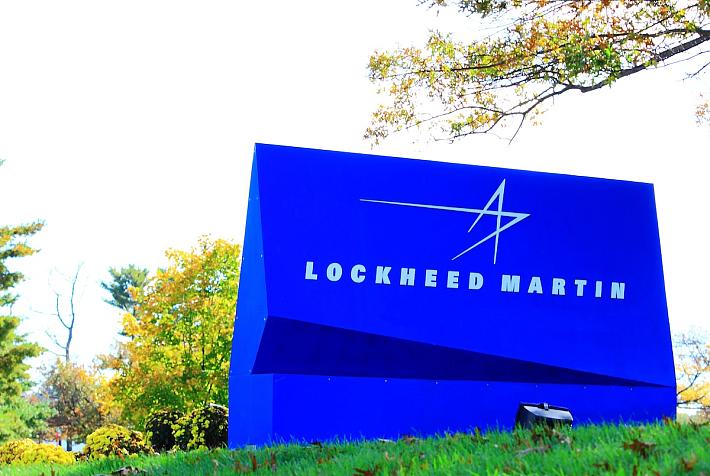EC warns of Romania’s external sustainability and cost competitiveness beyond indicative thresholds

The scoreboard reading for Romania shows that in 2021 three indicators were beyond their indicative thresholds, namely the current account balance, net international investment position (NIIP) and nominal unit labour cost growth, according to the European Commission’s 2023 European Semester cycle of economic policy coordination launched on November 22.
Furthermore, the developments in the two areas, as well as in another area monitored by the EC (government debt), have been negative.
The current account deficit widened in 2021, and a further increase is underway. The government deficit has improved and is forecast to continue narrowing, but it remains high. Nominal unit labour costs are forecast to increase, in the context of high inflation, labour shortages and nominal solid wage increases, resulting in some competitiveness concerns.
As regards government debt (risks are increasing, yet the indicator is not beyond the threshold), sovereign bond yields are among the highest in the EU. Currency risks are high, with around half of central government debt denominated in foreign currencies and about half of the government debt held by non-residents at end-2021. Fiscal sustainability risks are high in the medium-term and medium in the long term.
On the upside, the banking sector remains stable, and the concerns related to house price developments continue to be limited. The non-performing loans ratio declined to 3.4% of total loans in 2021. While the tier-1 ratio is close to the EU average, the profitability is very high. Following the monetary tightening, interest rates increased significantly in 2021 and 2022.
Concerns related to house price developments continue to be limited. Nominal house price growth decelerated slightly from 4.7% to 4.4% in 2021. Nominal year-on-house price growth accelerated to 8.5% in the second quarter of 2022. Valuation gap metrics do not show signs of potential overvaluation of house prices.
iulian@romania-insider.com
(Photo source: Antonyesse/Dreamstime.com)














